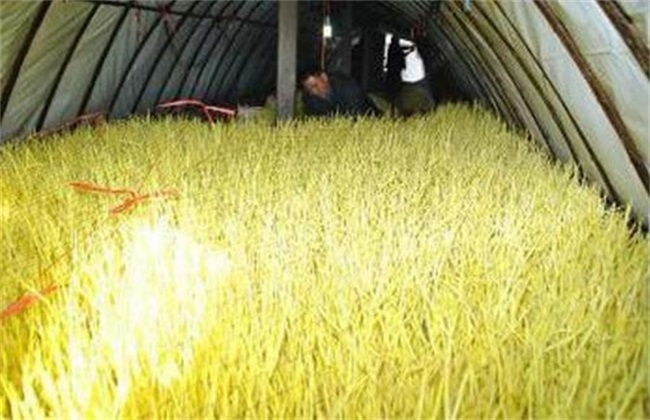Common pruning methods of tomatoes
In the process of tomato planting, in order to deal with different situations, we need to carry out different treatments on the branches, some in order to leave high-quality seedlings, some in order to improve the quality, so the ways of pruning are also different. Here are some of the more common pruning methods.

1. Single pole pruning
The principle is to leave only the trunk, clean up all the other branches and concentrate all the nutrients so that the fruit of the trunk can ripen quickly, leaving only a few spikes on each branch. If farmers want to grab the time for listing, they can consider this way, and some farmers who want to cultivate high-quality seedlings will also choose this way, because such pruning results will lead to less fruit quantity, but high quality. The quality of seed retention is also relatively high.
2. Multiple panicles and single stem pruning
During pruning, a number of high-quality stems are preserved, other weak branches are cleaned up, and well-developed ears are left on each branch, and the rest are also cleaned up. Its main purpose is to cultivate a wave of good-growing tomatoes, reduce the number of weak tomatoes, so that nutrients can maximize production benefits. Growers who want to start their own brand or are ready to fight for quality will basically consider this, and then many growers in the greenhouse will also consider it.
3. Double pole pruning
The difference between this and single-stem pruning is that it leaves one more branch, and only two branches are reserved for the whole seedling. While the ear of the first branch ripens rapidly, the excess nutrients will not be wasted and can provide the ear growth of the second branch. This is generally suitable in places where the land is fertile, or some varieties with higher yields are also suitable. However, when this pruning, we should pay attention to remove some old leaves, so as not to increase the consumption of nutrients.
4. Continuous change of head and pruning
This principle is actually very simple, that is, pruning the branches that are not growing well, whether the trunk or other branches, are not growing well, and then wait for the subsequent side branches to grow out to see the growth, and then carry out weak pruning. Its purpose is to maintain the high yield and high quality of the plant and maximize the use of plant nutrients. Some farmers who pursue yield can consider this way.
The above are the common ways of tomato pruning, the people who use these methods will be different, we can adjust according to their own needs, pruning is necessary, we can not be reluctant to give up, the yield after pruning will generally be more ideal.
Related
- Where is it suitable to grow horseradish in China? it is expected to see the middle altitude horseradish in Alishan.
- How to prevent tomato virus disease reasonably? (Control methods included)
- Many people like to plant towel gourd on the balcony. What are the main points of this method and management?
- What crops can chili peppers be mixed with?
- Fertilization techniques and matters needing attention in Tomato
- What are the grafting techniques for peach seedlings in spring?
- Harm and control methods of root swelling disease of Chinese cabbage
- What are the pests of sweet potatoes? How to prevent and cure it?
- Symptoms, causes and Control methods of navel Rot in Tomato
- The cause of "Cucumber rotten bibcock" in Farmers' planting Cucumber and its Control Plan



